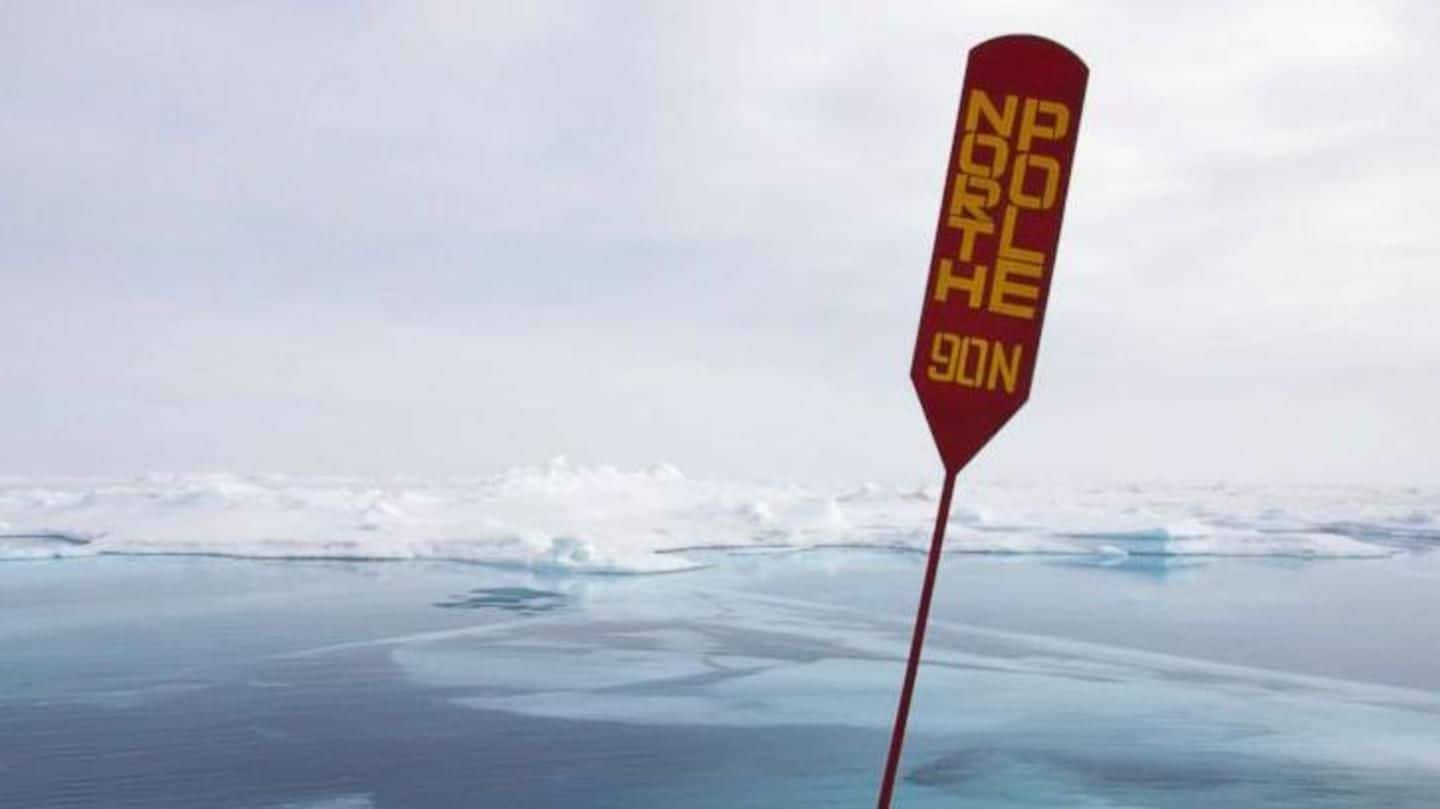
ISRO to set up satellite station in North Pole
What's the story
Following on the footsteps of China, the Indian Space Research Organization (ISRO) is now planning to set up a satellite ground control station in the bleak desolation of the North Pole. The station will primarily augment Indian Remote Sensing (IRS) operations that are crucial for civilian needs like disaster management and for the armed forces. Here are the details.
Details
The plan will take some time to materialize
As reported by ToI, ISRO is serious about setting up the station at the North Pole. However, the plan will require some time to materialize as it would involve setting up of hardware in extreme conditions - a feat that is by no means easy. Additionally, the space agency will have to get international permits for setting up the station.
NRSC
The NRSC is the nodal agency responsible for overseeing IRS
As far as the need for such a station is concerned, it's worth noting that ISRO has a full-fledged IRS system with a constellation of earth observation satellites providing data. Currently, the National Remote Sensing Centre (NRSC) in Hyderabad is responsible for aerial remote sensing, data acquisition and processing, decision support for disaster management, data dissemination etc.
Need
Advancements in tech have increased the need for ground stations
Yet, scientists explained that with advancements in the IRS program, the need for ground stations had increased manifold. ISRO already has two ground stations - IMGEOS at Shadnagar built in 2011, and AGEOS in Antarctica. However, for ISRO to achieve its dream of 14-orbit coverage, a satellite ground station at the North Pole is of prime importance.
Quote
Why the North Pole base is crucial for 14-orbit coverage
"Because this [a North Pole station] will provide an opportunity to download the complete data within the same orbit and enable the usage of onboard resources in every orbit and to transfer the raw data in near real-time to Shadnagar," explained an ISRO scientist.
Second antenna
ISRO will also set up a second antenna in AGEOS
Yet, that's not all. The AGEOS station in Antarctica already receives IRS data from satellites like Risat-2, Resourcesat-2, Saral, Oceansat, and the Cartosat family of satellites, and transfers the same to Shadnagar. However, ISRO is also slated to establish a second reception antenna at its AGEOS station in Antarctica next year, in a bid to aid two particular projects.
Projects
The projects that will use the second AGEOS antenna
The second antenna will particularly help the Cartosat-3 and the proposed NASA-ISRO Synthetic Aperture Radar (NISAR) mission that's expected to launch in 2022. While the Cartosat-3, like its predecessor, will have dual uses, the $1.5bn NISAR project is a first-of-its-kind undertaking that will be able to operate in two radio frequencies in bands lower than the KU-Band or AA-Band.